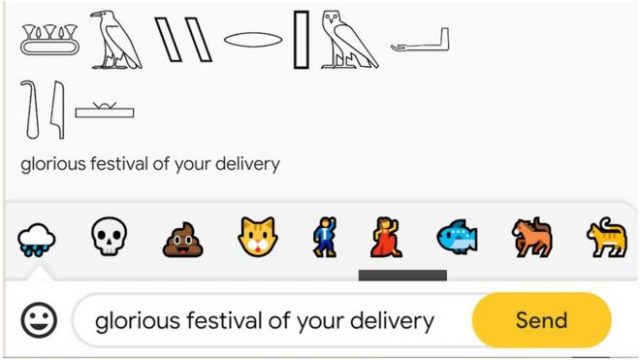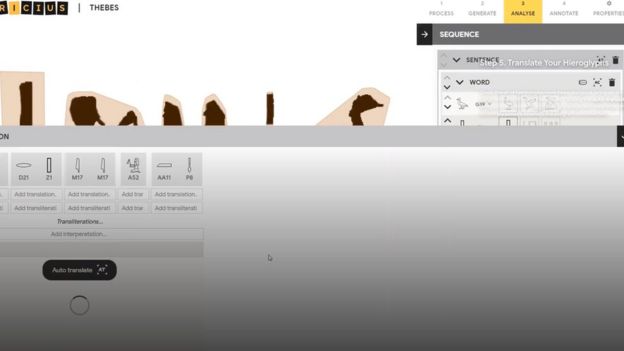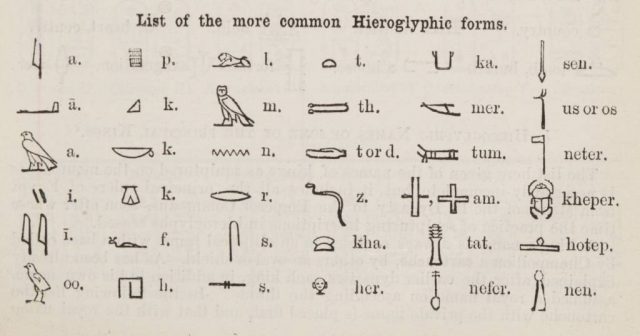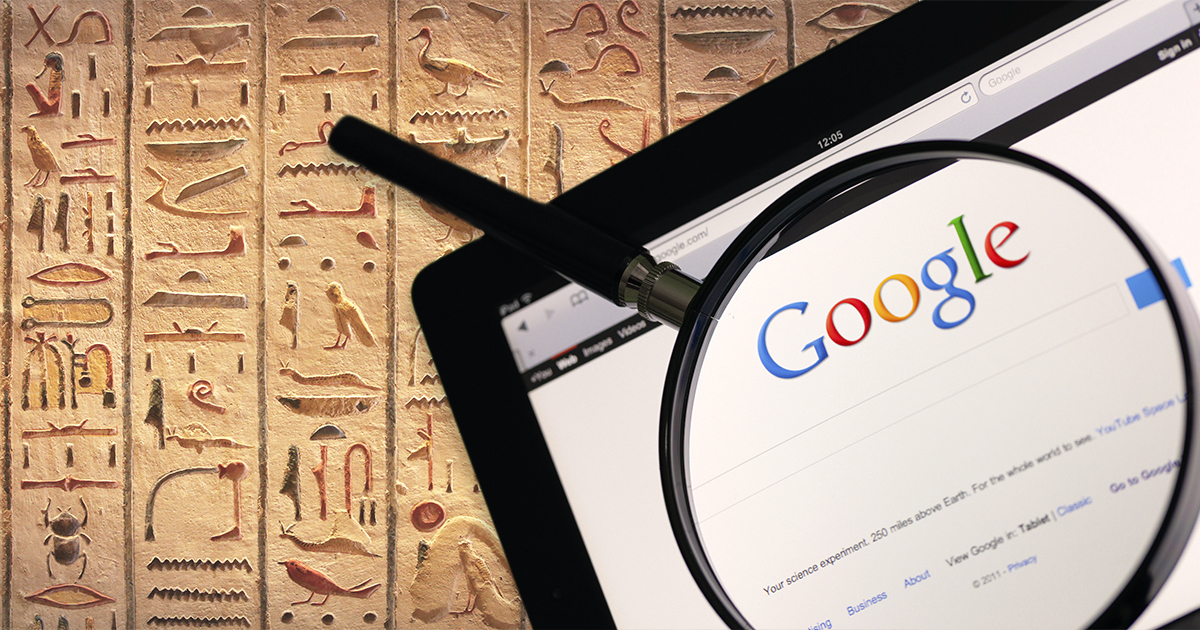Google translate is expanding its know-how to include Egyptian hieroglyphics. Have you ever wondered how Egyptologists learn how to translate the hieroglyphics found all over Egypt? Now you can begin to do it from home with the new hieroglyphics translator from Google, Fabricius. It is a new feature in the Arts and Culture app found on Google‘s Play Store.
On the blog for Google Arts and Culture, the Program Manager of Google Arts & Culture, Chance Coughenour, explains that there are three gateways that allow the user to learn about Ancient Egyptian languages: Play—using words one would usually use translated into hieroglyphics to send in messages. Learn—interesting information about Ancient Egypt including the Pyramids and the Egyptian Book of the Dead. The third way is Google Cloud’s AutoML technology, AutoML Vision.
While the translations may not be one hundred percent academically correct, the third gateway is an open-source digital tool for researchers who have, until now, been forced to wade through stacks of books to come up with an acceptable translation. AutoML Vision is used to train a machine to do the work of translation. As it is digital technology, it will take time to become more efficient as users input more and more data.

At present the app is available in Arabic and English and was created by Google along with Psycle Interactive, the Australian Center for Egyptology at Macquarie University, Ubisoft, and Egyptologists all over the world. The new program was released on the anniversary of the discovery of the Rosetta Stone, July 15, 1799, by soldiers of Napoleon’s army while digging in the Nile Delta for an addition to a fort in the town of Rashid. Coughenour expressed that Google staff are enthusiastic about the app enabling broader access to Ancient Egyptian culture and language.

Not everyone is as excited as Google about the new tool, however. Douglas Hofstadter, a professor of Cognitive Science and Comparative Literature at Indiana University at Bloomington writes in The Atlantic that, although he understands the excitement of this new idea, he’s concerned that human translators not be replaced by machines.

He believes that translation is “an incredibly subtle art” requiring human life experience and creativity. Still, he notes that this program will open an opportunity for everyone, free of charge, to access over 100 languages in text—a prospect that is very impressive. Despite his distaste, Hofstadter put the machine to the test. The machine couldn’t differentiate the possessive gender from English to French, and when he tried to put the French translation into English it blew the whole thing. A similar result from German to English was even worse.
For example, German words meaning “There was little about which people were more in agreement,” translated to “There were few of them.” Few of whom? The translation leaves out words that are important in a complete sentence. Hofstadter very firmly states that “Google Translate is all about bypassing or circumventing the act of understanding language.”
https://www.youtube.com/watch?v=RHaFf81uFKY
He referred to some translations as “word salads” as the translations contained English words but not an understanding of the words. He fears translation by humans in the future will consist of under-educated proofreaders and the like which may make most translations highly inaccurate.
The Rosetta Stone, which is on display at the British Museum, is a piece of a larger stone inscribed around 150 BC with official messages about the support of King Ptolemy V. What makes it so special is that the same decree was written in three different ways. Hieroglyphics (used by priests and Kings), Demotic (the common language used by the people of Egypt), and Ancient Greek. Before this, the ancient writings were forgotten, and no one was able to translate hieroglyphics.
Listen to the Voice of an Actual Egyptian Mummy Heard for First Time in 3,000 Years
Now, with a comparative translation of Ancient Greek, researchers were able to provide a key that allowed the other two languages to be translated. It is, perhaps, hard to imagine a machine providing the same service accurately, but the program is in its infancy, so only time will tell.
